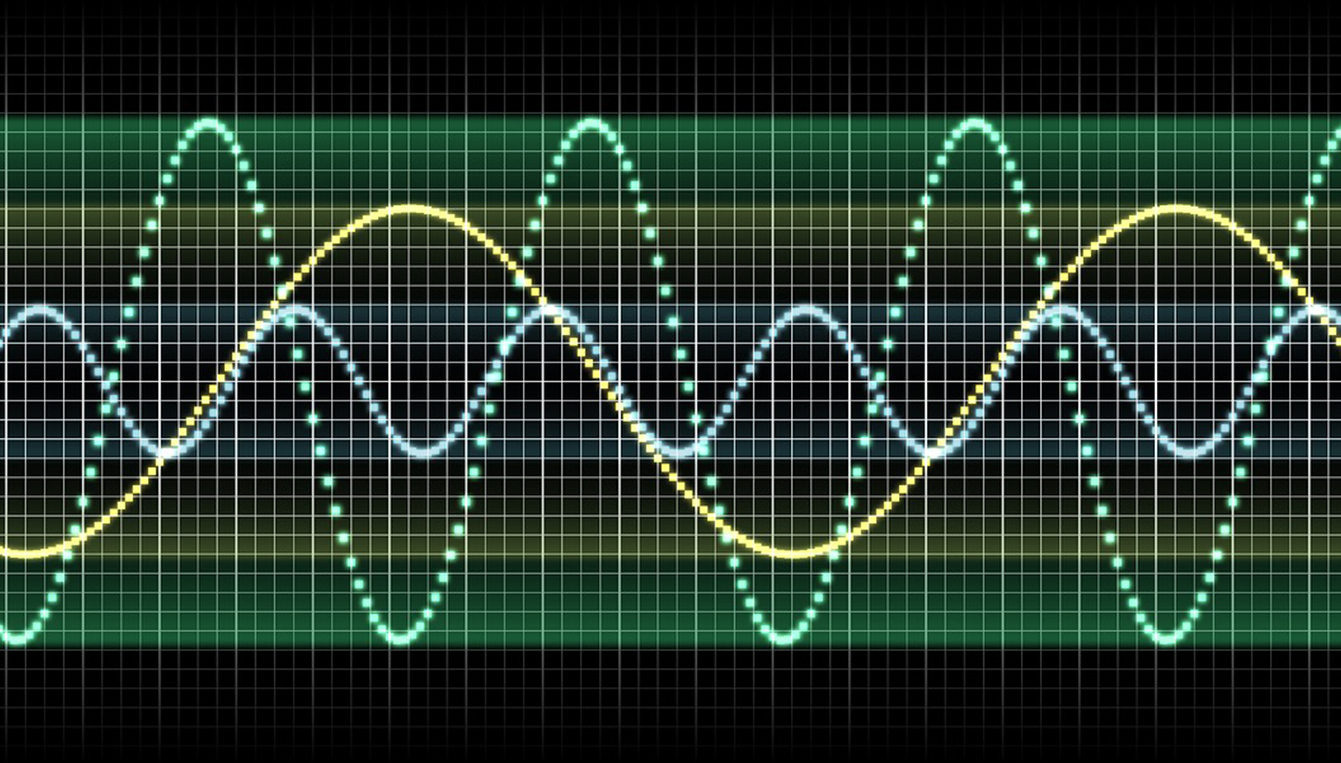Alex Odom
Data Centers | Market Leader
Associate Principal

An old technology has been newly popularized in the audio market: bone conduction headphones. They confuse some onlookers as they do not sit inside the ear canal, but rather rest on the sides of the head. How can a listener hear anything if the headphones aren’t in their ears? The answer lies in structure-borne sound, an acoustical phenomenon in which vibrations travel through an object to radiate sound. While structure-borne sound is helpful in this headphone context, it can create noise problems in buildings. Identifying and eliminating structure-borne pathways of sound and vibration in noise control problems is an important aspect of the work of acoustical engineers. The airborne path of noise might be clear to a listener, but structure-borne sound resulting from vibrations exciting walls and floors can be more difficult to track down.
There are two mechanisms for the human ear to process sounds. The first is the airborne pathway, where sound waves travel through the ear canal to excite the eardrum. The eardrum pushes on the ossicles (little bones that make up the middle ear), which in turn transfer force to the fluid inside the cochlea in the inner ear, where the hair cells are located. The hair cells transform sound and vibration signals into nerve signals that can be processed by the brain to create the sensation of hearing. The second mechanism is when sound travels as vibration transferring through the bones of the skull to the cochlea, bypassing the ear canal and middle ear entirely. Bone conduction headphones take advantage of this pathway; they do not produce much sound, but vibrate strongly directly on the skull.
Bone conduction headphones allow the user to listen to audio while leaving the ear canal unobstructed to help maintain situational awareness. Many bone conduction headphones are marketed for outdoor fitness uses, so runners can listen to music but still hear approaching vehicles. Before being applied to the consumer audio market, bone conduction was primarily a tool to assist individuals with hearing loss. Ludwig van Beethoven used a primitive form of a bone conduction listening device: clenching a stick in his teeth and holding it against the keyboard of his piano so he could discern the sounds of his music. For individuals with damaged middle ear functions but with normal inner ear function, where a traditional hearing aid that amplifies sound into the ear canal might not work, another modern solution is a bone-anchored hearing aid.
One downside of bone conduction is that the frequencies transmitted through the skull are not the same as the typical airborne pathway through the ear. The skull conducts low frequencies better than air – this explains why some people perceive their own voices to be lower in their head, and find their voices higher when listening to a recording of their own voice – but lots of sound energy at higher frequencies is lost, which is particularly important for understanding speech. The frequency response of bone conduction in humans has important implications for the audio quality of bone conduction headphones and the efficacy of hearing loss treatments. These same frequency characteristics of bone conduction apply as well to structure-borne sound in buildings.
As there are two pathways for sound to the inner ear, there are two ways that sound can pass into a building from sources like mechanical equipment or a passing train. The first, known as airborne sound, is the sound that travels from the air, through the walls, or floors of a building. The other means of sound transmission is known as structure-borne or ground-borne sound, which is a result of the vibrations. Trains produce vibrations in the track that then travel through the ground to nearby buildings. Rotating mechanical equipment will also produce vibration. Once inside the building structure, the vibrations set floor, wall, and ceiling elements into motion. These vibrating surfaces then radiate sound much like giant loudspeakers. Structure-borne sound is most commonly encountered in buildings near railways and is best characterized as a low rumbling noise. If you don’t live near a train, or have large mechanical equipment near you, you may recognize a more commonplace structure-borne sound source, the neighbor’s footsteps on a floor above you.
Structure-borne sound can be reduced in a variety of ways. Footstep noise may be reduced via carpets or a resilient underlayment. Mechanical equipment can be isolated with resilient mounts and spring hangers. With trains, it is best to mitigate at the source, with resilient rail fastener systems applied to the tracks, but when tracks are existing and upgrades are not feasible, a new building development can be built with a base isolation system that essentially isolates the whole building. Vibration is not only felt, it can be heard. Addressing structure-borne sound with vibration isolation is an important step to making sure a project sounds right.